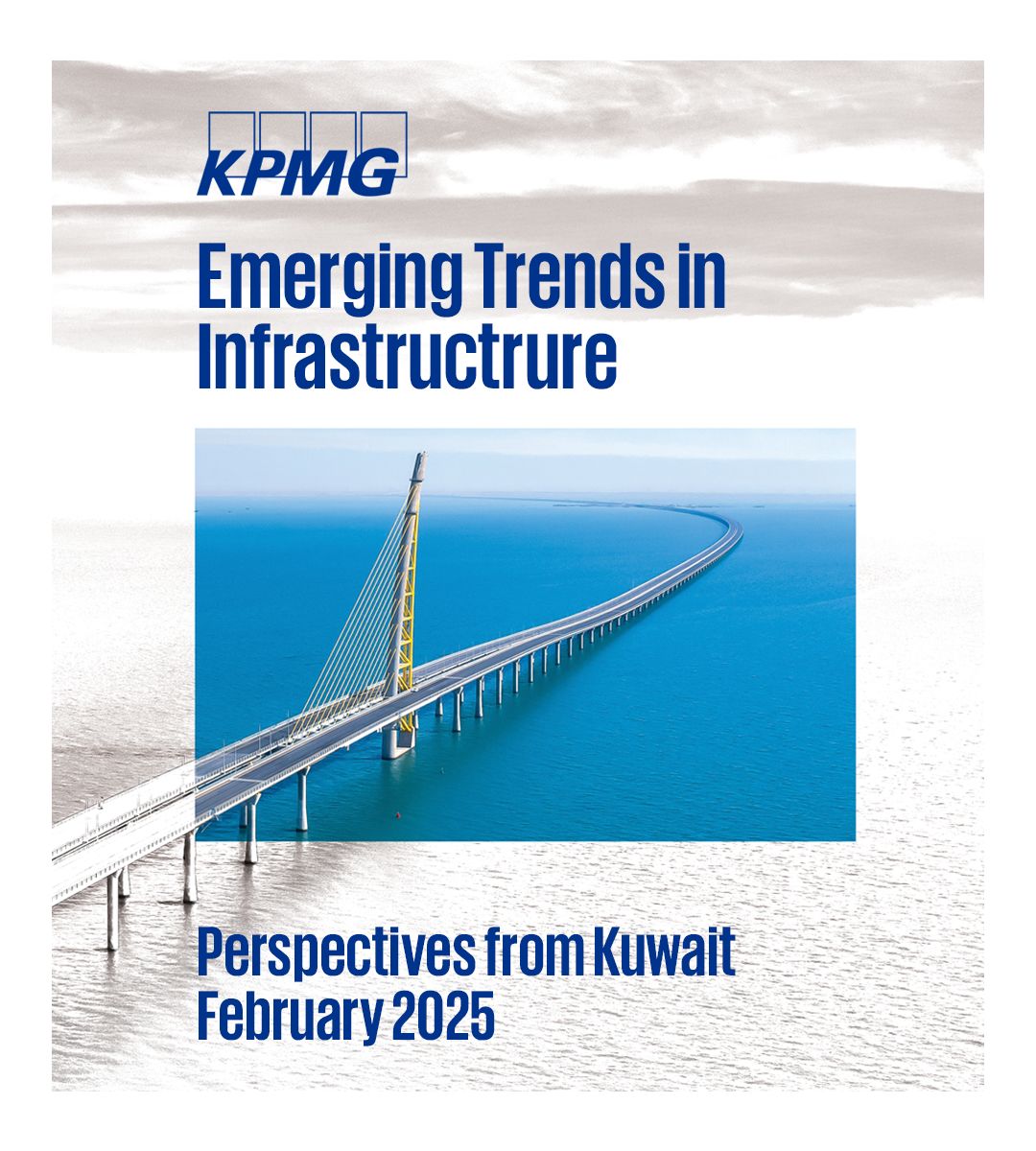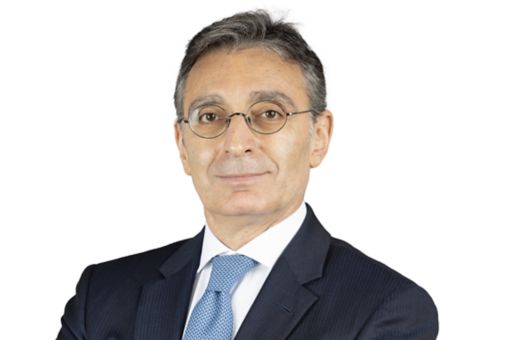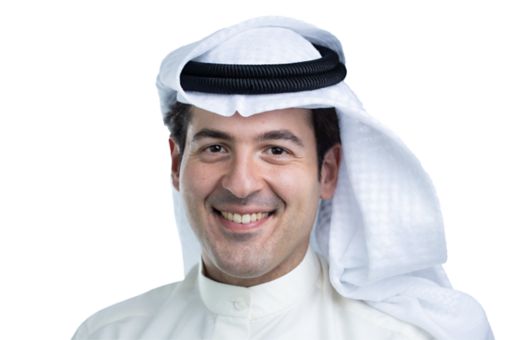There is a very good pipeline of projects coming up. I can say that we are regaining the trust and the support of the government in tendering these projects and the current pipeline is critical.
Read the full interview
Nayef AlHaddad, Manager of Research and Strategic Planning Dept., Kuwait Authority for Partnership Projects (KAPP), shares his perspectives on the status quo of PPPs in Kuwait‘s infrastructure sector
I believe that the local private sector is able to bridge the needs of the public sector and the requirements of international investors.
We have observed that the international private sector has certain specific needs arising from their commitments to global standards, international regulations and their corporate policies. The local private sector may not be subject to many of these obligations as they are yet to be enforced locally.
Additionally, some organizations prefer projects with reduced market risk on the private sector. It has to be understood that government offtake has certain liabilities and risks associated with it, e.g., termination due to state interest, incumbency in project implementation/operation, etc.
Therefore, it is important for both parties, i.e., the private and the public sector, to assess the risks associated with the projects, evaluate them financially and identify who is best placed to address these based on their respective competencies at the outset.
The specific sub-sectors are going to be an amalgam of the state’s needs and the private sector’s appetite.
Currently, both locally and internationally, mega utility projects are eliciting interest from developers due to the exclusive nature of the contracts whereby market risks are negated and the developers are able to rely on the state’s commitment.
This contrasts with projects wherein the cash flow is tied with end-user payments and associated with demand risk.
KAPP also promotes and procures such projects, and the key is to achieve an internal rate of return which is attractive to lenders and developers.
We are also exploring some pilot projects in the social infrastructure sector which may bring some interesting diversity to the investment opportunities for developers.
International private developers continue to be important stakeholders for the success of large and complex infrastructure projects in Kuwait as they bring modern technologies, operating efficiencies and are generally more experienced in undertaking PPPs.
We are working to diversify our project portfolio to create opportunities whereby local private sector developers who may have limited exposure to PPPs can also participate.
This will lead to growth in the maturity of the Kuwait market in terms of understanding PPP practices.
Kuwait can also learn from the examples of successful policies in the region to ensure that bidders on a project contribute to the local economy.
In addition, some local developers are only interested in specific sectors. Offering projects across sectors will help improve participation from other developers.
While KAPP generally does not insist that international developers partner with local developers (like in the EPC contracts), some of them do so out of their own volition.
Ultimately, it has to be a good combination of opportunities and policies that drives the economic interest and supports it.
When it comes to project finance, local developers face constraints in obtaining financing facilities for large projects due to single obligor limits applicable to local banks in Kuwait.
Perhaps one solution for this might be treating project finance separately from corporate finance, which certainly requires some thought and support from the banking regulator.
Secondly, most of the international developers that come to Kuwait benefit from the support of their state-owned banks or other similar financing entities, which Kuwait does not have, unfortunately.
Establishing such an institution will require considered decision from the appropriate authorities as this will go a long way in supporting the growth of infrastructure projects in Kuwait.
Many projects were either cancelled or put on hold in the past, which led to a loss of credibility among developers for PPP projects in Kuwait.
There has also been a recurrent turnover of decision makers in key institutions, leading to frequent shifts in mindset regarding the project terms, among other things.
While there is considerable project activity in the wider region, Kuwait has a strong pipeline of attractive projects.
It is important to deliver success stories in the form of timely project completion in a satisfactory manner to restore interest and confidence from developers.
In the absence of regulatory requirements for the adoption of ESG, it is left to the discretion of the respective entities to implement international standards on a voluntary basis.
The financial sector in Kuwait has taken a lead on this front with regulators coming up with disclosure requirements for ESG and banks moving towards ESG compliance to meet their international commitments.
The challenge is for the public sector to adopt and implement ESG requirements in a manner that gains acceptance from the private sector participants, as most of these requirements were not considered previously in the procurement of government projects.
Absence of regulatory standards for ESG may lead to inconsistent approaches to implementation, leading to projects that are non-compliant with international ESG standards.
This may pose a hurdle for international developers and financiers.
To avoid such a scenario and the time and costs associated with rework, it is imperative to have clarity on the relevant ESG regulations and addressing them at the outset of the projects‘ planning stage itself.
ESG adoption would need to be gradual and matching the infrastructure asset in question.
For example, it may not be practical to cease thermal power generation, but this can be balanced by introducing renewable energy elements.
Energy is but one aspect and there are several other inputs that go into the projects. For example, on the construction side, the design, energy efficiency, and other such aspects will be considered when it comes to the overall ESG score.
When the concept is developed and it goes into the detailed design for the environmental (E) aspects to be embedded, then there is a higher score on the E.
Social aspect is the benefit that is provided to the society, which would depend on the nature of the project, and this has to be made more focused and explicit.
As for governance, it is the aspect that is based on how the project is being managed, i.e., the interaction between the public, private and the society at large.
Having said that, the E aspect is the one I believe is more important as it is part of the planning.
I met some of the export credit agencies and some of the governmental banks who, unfortunately, had contradictory stances on projects depending on whether they were financing them or not, and how they will determine to take a position on them depends on their interest and the interests of their benefactors.
There is a huge need for environmental awareness, but we need to go back to what the market is willing to accept, what the state needs and how we can successfully match them.
I feel that the mindset when dealing with contractors or solution providers should be set to offer something that is appropriate and available to both public and government agencies.
While we are always asking for the latest technologies, some public agencies still insist on proven technologies.
They want something that has been in operation and can provide guaranteed delivery of services. They don‘t want to rely on technology that is new as the state ends up taking all the risk of delivery to its consumers.
This results in a mismatch as manufacturers want to bring latest technologies into the market to achieve efficiencies and create a success story to use as a reference for the next project.
But state agencies cannot afford to let their facilities be used as a pilot project for such purposes.
Similarly, the public agencies want something that’s convenient and safe, the lenders want something that’s less risky, and the developers want something that’s cost-effective.
KAPP’s role is of a matchmaker, finding an appropriate balance between latest technologies, proven performance, and ease of financing and implementation.
Currently, the biggest challenge is regaining the trust and interest of the lenders and developers.
At the same time, it is also challenging to find the right time to tap into an opportunity, considering the competition is with other countries in the region.
In addition, there is also a chance that the project you have been awarded or currently participating in may be cancelled or retendered in another format.
This is always running in the back of your mind. As such, we have a lot of legal challenges regarding the cycle of the tender process.
But then, if it is done with transparency and in an effective manner, i.e., everyone has done their due diligence, there is no corruption in the process, fair access and competition and the best bid has won, among others, then everybody will be comfortable about it. Accomplishing this is one of the biggest challenges as it requires a lot of work.
Some people look for an easy way out but don‘t anticipate the associated risks.
The second challenge is matching the local and international partners. The problem is the local private sector finds it difficult to build consistent relationships with the international ones.
Unfortunately, some of the international entities don‘t perceive real added value or other major contributions from local partners and are hesitant to tie up.
Therefore, the local private sector has to build their reputation and experience, and ensure they bring genuine added value to the partnership.
We are addressing this right now. This has been a challenge since 2017/18, wherein one major project got cancelled while another one (Umm Al Hayman) made it through against everyone’s expectations.
And to be honest, sometimes, getting the agreement signed is a success in itself.
Right now, the tender cycle in Kuwait is about 32–34 months, compared to some countries in Europe that average around 48–60 months due to the local and federal rules, regulations and processes they have over there.
I feel our tender cycle could be optimized better and state agencies could be better aligned in understanding the strategic importance of these projects, their contribution to the local economy, and the reputation risk for the state.
A well-considered feasibility study takes at least 4–6 months, depending on the complexity of the project, and recruiting an advisor alone takes about 3–4 months. So, overall, it takes about an average of 8–9 months just to establish a project proposal.
We are working diligently on improving and reducing the project overall cycle through the introduction of changes to the current PPP law.
One important project is the high-speed fiber broadband network project. The state is in dire need of improving its IT and telecom infrastructure.
If I am not wrong, only about a third of Kuwait homes have installed optical fiber cables. We are also establishing a joint stock SPC company to fully manage the project and fulfil the state’s needs over the next 50 years.
At the same time, we are exploring options with many public agencies in terms of how we can utilize or even establish, say, general solutions for all projects that emphasize digital transformation.
We are also working to enable the social infrastructure projects. These are not necessarily large projects, but also medium- and small-scale projects that are of some value to the local community and something that would involve the small and medium enterprises as well. We explored that there are a lot of opportunities out there.
There is a very good pipeline of projects coming up. Although I don‘t have the liberty to announce them now, I can say that we are regaining the trust and the support of the government in tendering these projects and the current pipeline is highly important.
And while we are not doing it right now, we want to push the local financers to take part of the responsibility and be more accountable.
As for those who are conducting risk assessments at local financial institutions, I would recommend reevaluating their position on these opportunities in light of the guarantees and incentives provided by the state.
We are seeing a positive trend in the market as we are hearing positive things from the bankers and the developers. So, we are also very confident of the current outlook.
Currently, we don‘t have a 5-, 7-, or a 10-year plan with the pipeline of projects identified.
If you know what projects are coming in the next, say 5 years, and are looking to file tenders for them in the next 3–4 years, then it will help if all the public agencies brought them to us at the earliest. We will start working accordingly.
Unfortunately, that rarely happens. I have seen instances where some agencies bring in projects they are looking to release a PPP project tender for in the next three to four months.
These projects could be feasible for financing by the private sector, but since no studies were carried out for them in advance, the agencies’ expectations fall short.
That’s because you have to understand a few aspects about such projects, such as how risk sharing can work out, the pricing of the public comparator, what liabilities the state will be burdened with, and how ready the market as well as the stakeholders are.
So, you must start the process in advance — ahead of everything — because we need ample time to review the project, recruit an advisor, assess the feasibility, and market it, among other things.
Read the other interviews
Reach out to us
Connect with us
- Find office locations kpmg.findOfficeLocations
- kpmg.emailUs
- Social media @ KPMG kpmg.socialMedia




